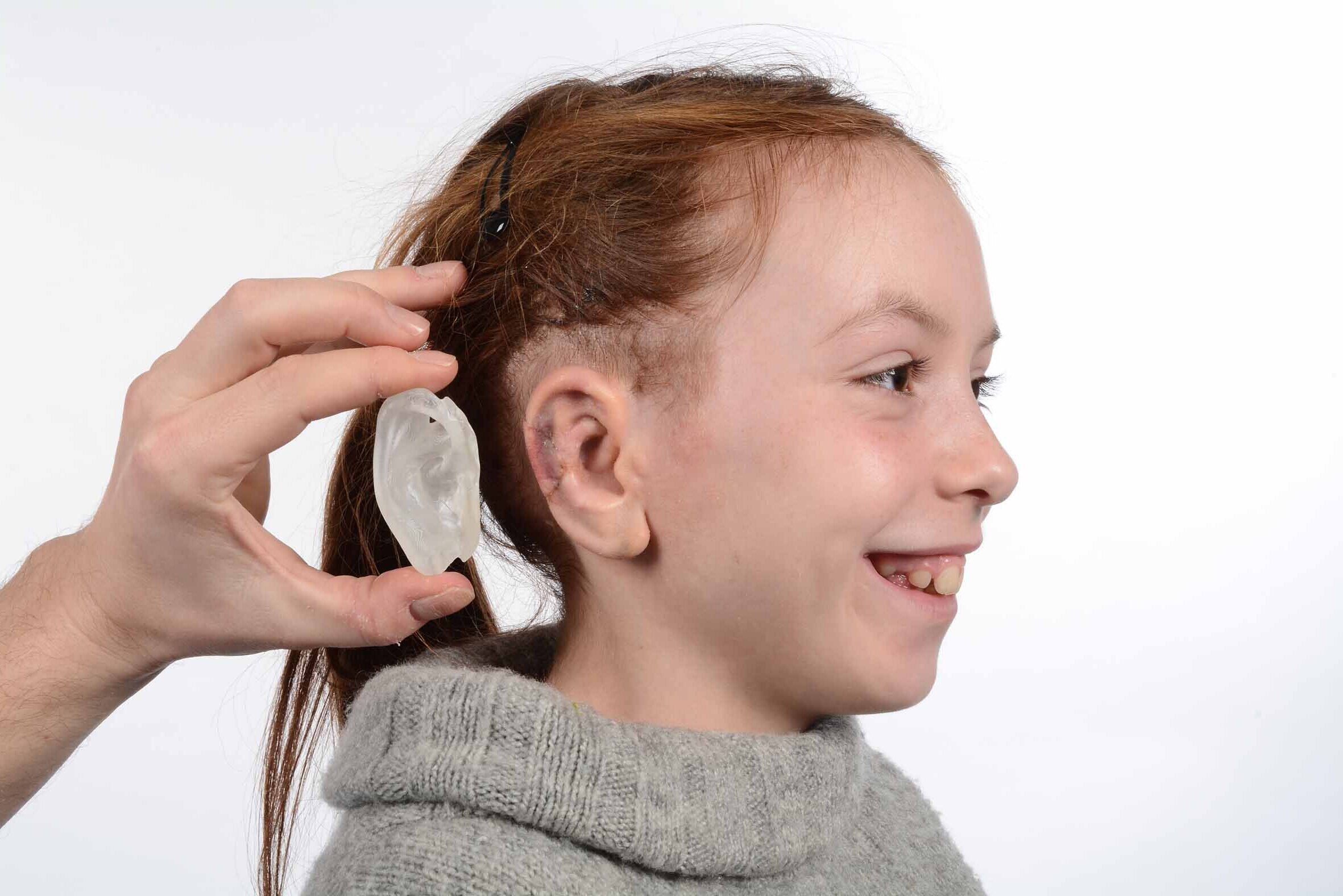
Glossopalatine ankylosis micrognathia ear anomalies might sound like a mouthful, but understanding it can be simpler than you think. This condition involves a combination of issues affecting the tongue, jaw, and ears. Glossopalatine ankylosis refers to the abnormal fusion of the tongue to the palate, making movement difficult. Micrognathia means having a smaller-than-normal jaw, often leading to dental and breathing problems. Ear anomalies can include various structural issues, impacting hearing and balance. These three elements together create a unique set of challenges. Knowing the facts can help in recognizing symptoms, seeking proper treatment, and supporting those affected. Ready to dive into 25 intriguing facts about this condition? Let’s get started!
Key Takeaways:
- Glossopalatine Ankylosis, Micrognathia, and Ear Anomalies are rare conditions that can affect speech, eating, and facial structure. Early diagnosis and multidisciplinary care are crucial for better outcomes.
- These interconnected conditions often require surgical intervention, speech therapy, and audiologic assessments. Understanding their connections and early intervention can significantly improve the quality of life for affected individuals.
What is Glossopalatine Ankylosis?
Glossopalatine ankylosis is a rare condition where the tongue is abnormally attached to the palate, restricting movement. This can lead to various complications, especially in speech and eating.
- Glossopalatine ankylosis can cause severe speech impediments due to restricted tongue movement.
- This condition often requires surgical intervention to correct the abnormal attachment.
- It can be diagnosed through a physical examination and imaging studies like MRI or CT scans.
- Early diagnosis is crucial for better outcomes in speech and eating abilities.
- Glossopalatine ankylosis is often associated with other congenital anomalies.
Understanding Micrognathia
Micrognathia refers to a condition where the jaw is smaller than normal. This can affect breathing, feeding, and overall facial structure.
- Micrognathia is often noticeable at birth due to the visibly smaller jaw.
- It can lead to difficulties in breastfeeding or bottle-feeding in infants.
- This condition is sometimes part of a syndrome, such as Pierre Robin sequence.
- Surgical options, like mandibular distraction osteogenesis, can help in severe cases.
- Micrognathia can also impact dental alignment, requiring orthodontic treatment.
Ear Anomalies Explained
Ear anomalies encompass a range of congenital conditions affecting the structure and function of the ears. These can vary from minor cosmetic issues to significant hearing impairments.
- Ear anomalies can include conditions like microtia, where the external ear is underdeveloped.
- Some ear anomalies may be linked to genetic syndromes, such as Treacher Collins syndrome.
- Hearing loss is a common complication associated with ear anomalies.
- Surgical reconstruction can improve the appearance and function of the ears.
- Early intervention with hearing aids or cochlear implants can enhance auditory development.
The Connection Between These Conditions
Glossopalatine ankylosis, micrognathia, and ear anomalies often occur together due to their shared embryological origins. Understanding their connections can help in comprehensive treatment planning.
- These conditions can result from disruptions in the development of the first and second pharyngeal arches.
- Genetic mutations can play a significant role in the occurrence of these anomalies.
- Early multidisciplinary intervention is essential for managing these interconnected conditions.
- Speech therapy is often necessary for children with these anomalies to improve communication skills.
- Regular monitoring and follow-up are crucial to address any emerging complications.
Treatment and Management
Managing these conditions requires a team of specialists, including surgeons, speech therapists, and audiologists. Early and coordinated care can significantly improve quality of life.
- Surgical correction is often the first step in managing glossopalatine ankylosis and micrognathia.
- Speech therapy can help overcome speech impediments caused by these conditions.
- Audiological assessments are essential for detecting and managing hearing loss early.
- Genetic counseling can provide valuable information for families affected by these congenital anomalies.
- Psychological support is important for children and families to cope with the challenges associated with these conditions.
Final Thoughts on Glossopalatine Ankylosis Micrognathia Ear Anomalies
Understanding Glossopalatine Ankylosis Micrognathia Ear Anomalies helps demystify a complex condition. This rare disorder impacts the mouth, jaw, and ears, leading to significant challenges. Early diagnosis and intervention are crucial for managing symptoms and improving quality of life. Medical professionals, researchers, and families must work together to provide the best care and support.
Raising awareness about this condition can lead to better resources and more effective treatments. Sharing knowledge empowers those affected and fosters a supportive community. By staying informed and advocating for continued research, we can make strides in understanding and addressing this rare disorder.
Remember, every bit of information counts. Whether you're a medical professional, a caregiver, or someone living with this condition, your efforts contribute to a brighter future for all affected by Glossopalatine Ankylosis Micrognathia Ear Anomalies.
Frequently Asked Questions
Was this page helpful?
Our commitment to delivering trustworthy and engaging content is at the heart of what we do. Each fact on our site is contributed by real users like you, bringing a wealth of diverse insights and information. To ensure the highest standards of accuracy and reliability, our dedicated editors meticulously review each submission. This process guarantees that the facts we share are not only fascinating but also credible. Trust in our commitment to quality and authenticity as you explore and learn with us.
